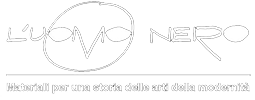Submissions
Submission Preparation Checklist
As part of the submission process, authors are required to check off their submission's compliance with all of the following items, and submissions may be returned to authors that do not adhere to these guidelines.-
The contribution submitted has not been previously published, nor submitted for publication to another journal, publisher or editorial board, nor for presentation to the committee of any symposium or congress or seminar.
Or, if the article has been previously refused for publication or presentation, the author must indicate in the field "Comments for the Editor" of the online submission form: the date of submission, the date of refusal and full details of contact person at the journal, publisher, editorial board, committee of symposium, congress or seminar. - The main submission file contains the text of the article (written in English, Italian or French), notes and any text to be published as an appendix to the article (transcriptions of documents, lists of sources or works etc.) and a list of captions for illustrations. The file is in Microsoft Word.
- The text adheres to the stylistic and bibliographic requirements outlined in the Editorial Guidelines of the journal (see Info webpage).
- The contribution proposal is accompanied by all illustrations, in separate .jpg files, in the format indicated in the Editorial Guidelines.
- The submission is accompanied by an author’s biography (500 characters max ., including spaces), in Italian and in English, in a separate Microsoft Word file (.doc or .dox).
-
A complete bibliography, ordered alphabetically, comprehensive of every bibliographic source mentioned in the article and in the footnotes, following the Editorial Guidelines*, have been uploaded separately in the dedicated field of the submission procedure.
(* except for italics, not allowed in this field) - In the submission procedure the author uploaded the title of proposed article in the language of the article and in English (if the language of the article is Italian or French) and has also specified in which section of the journal the article is intended tto be published (Author’s Choice or Rares, Rediscovered, Notices)
- The scientific content of the article is original.
- The corresponding author declares that he is the author of the article and, in the case of jointly-written articles, that he has been delegated by the co-authors (whose names and contact details must be fully given in the online for used for the submission) to submit the article to the journal for publication.
-
To avoid any conflict of interest during the revision process, the author must also indicate in the "Comments for the Editor" field of the online submitting process:
– if he carries out activities of study, research or teaching at universities or other research institutes; if he participates in national or international research programmes; if the article contents are, even partly, derived from a study or thesis prepared at a university or other Italian or international research institute; if he has benefited from bursaries or research grants, even partial, for the studies resulting in the article. In all these cases, the author is invited to name, if applicable, the professor who supervised the thesis, as well as the professors, academics and bursary students who are or were part of the same research programme.
– any other possible case of conflicts of interest. -
The corresponding author declares, on his personal responsibility, that – should the article be accepted for publication – he will not republish its contents elsewhere, for twelve months following the scheduled publication date of issue #21 of «L’Uomo Nero» (summer 2023); and that – should he republish parts of the article or its contents (after twelve months following the scheduled publication date of issue #21 of «L’Uomo Nero») – he will explicitly cite «L’Uomo Nero» as the first place of publication.
Copyright Notice
By submitting the contribution proposal the author the author agrees with the following copyright conditions.
The corresponding author declares on
his own responsibility that he is the author of the article and, in the case of jointly-written articles, that he has been delegated by the co-authors (whose full names and contact details must be given) to submit the article to the journal for publication and to subscribe this copyright agreement.
The author allows "L'Uomo Nero" the right to publish for the first time the work within 1 (one) year from the submission, and the perpetual right to republish and distribute the work free of charge by any means and in any parts of the world, including the communication to the public through the journal website.
The author declares on his own responsibility that all texts and documents cited, including article illustrations, are sent to the editors of «L’Uomo Nero» and the journal’s publishers royalty-free for online open access publication, according to Creative Commons Attribution-Share Alike 4.0 International License (CC BY SA).
The author retains the right to create derivative works and to reproduce, distribute, execute or publicly display her/his Work at conferences and presentations, lectures, and in case of any other professional activity, explicitely quoting "L'Uomo Nero" as source.
The Author retains the right to disseminate open access the Work, through his website or through an institutional or disciplinary repository, from the date of the first publishing on "L'Uomo Nero", explicitely quoting "L'Uomo Nero" and its original DOI as source, and under the Creative Commons Attribution-Share Alike 4.0 International License (CC BY SA).
The Author, according to the Publisher, renounces to any forms of compensation provided to authors and publishers for not for profit photocopying rights and library loan in accordance to the National law in force.
Privacy Statement
The names and email addresses entered in this journal site will be used exclusively for the stated purposes of this journal and will not be made available for any other purpose or to any other party.









